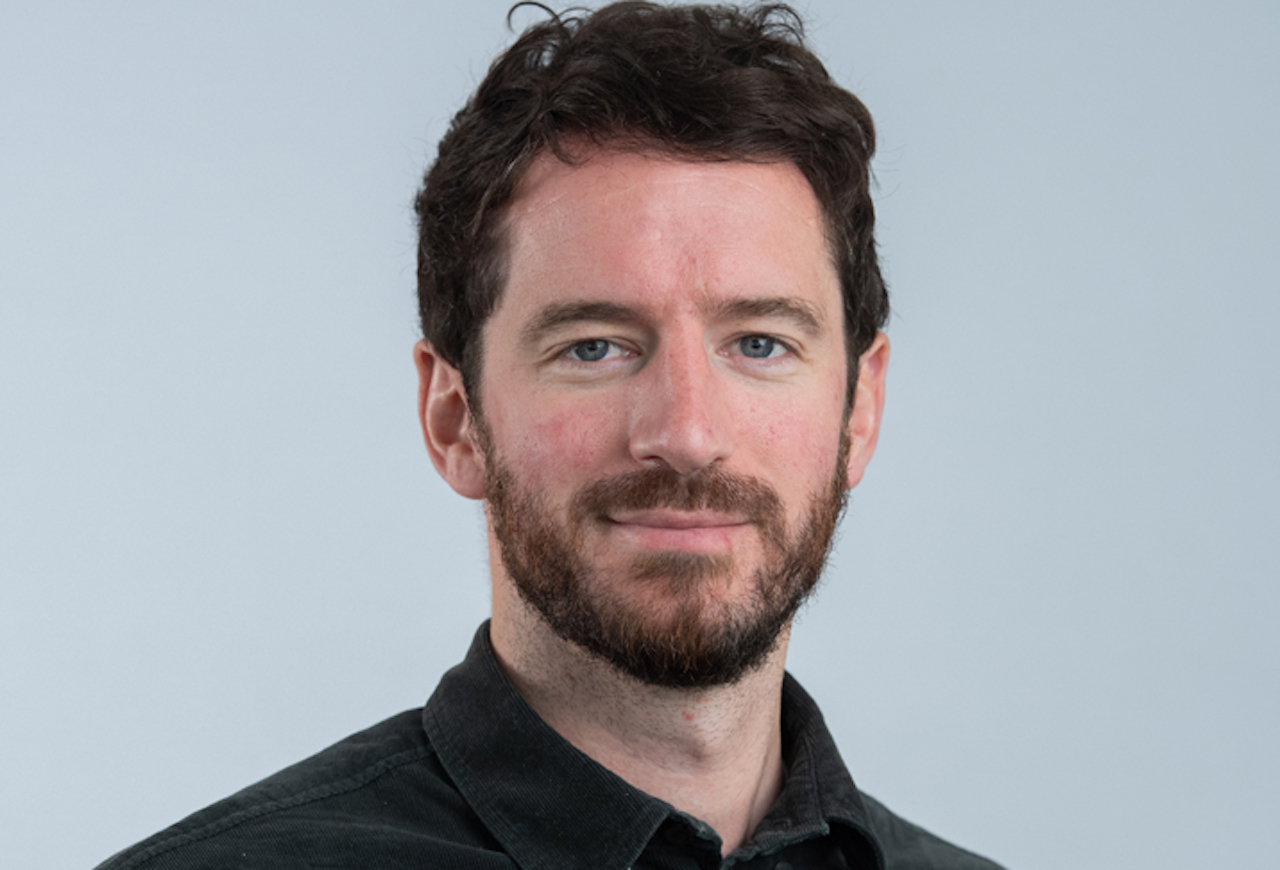Conceived as a way of linking the climate emergency to broader ESG themes, the just transition is shining a path for impact investors looking to take a holistic approach to societal disruption as the world moves towards net zero

The concept of greening the global economy in a socially inclusive manner came to prominence at the 2015 Paris Agreement on climate change. Now impact investors are putting flesh on the bones of the just transition, amid growing recognition that the performance of business models must be anchored in sustainability.
Covering three critical elements – advancing climate and environmental action; improving socio-economic distribution and equity; and increasing community voice – the just transition aims to show that the shift to a low carbon economy will boost prosperity and be a net driver of job creation.
This is vital if it is to receive the required buy-in, say experts. “Unless we can think in a line of balance ways between the environmental, the social impact and the community perspective within it, we are not going to get to where we need to get to,” says Kieron Boyle, chief executive officer of the UK’s Impact Investing Institute (III), which earlier this year launched its Just Transition Criteria tool.

That tool was co-created and tested by 21 asset owners and asset managers with over £4trn (€4.6trn) in assets under management, as part of the III’s ‘Just Transition Finance Challenge’.
Last month, the III called for a just transition COP28 focus, urging over half of investment in climate-focused funds over the next five years to adopt such an approach.
Workable tool
The EU has also provided support to the just transition, through its Just Transition Mechanism (JTM), designed to ensure that the transition towards a climate-neutral economy happens in a fair way, by providing targeted support to help mobilise around €55bn over the 2021-2027 period in the most affected regions.
The III’s criteria are intended to serve as a framework to think about how the three elements of a just transition align, balance each other and are mutually supportive.
“What we find is that pretty much every global asset manager is getting involved in impact investing,” Boyle says. “What this tool is doing is providing a means by which very large pools of capital can invest in the just transition.”
There are two key issues at stake. One is the need to get to net zero. The other is rising social inequality. “The opportunity is that those two things together actually present solutions to each other,” says Boyle. “We can do it in the right way, it’s inclusive, it’s going to lead to improvements both on social equity and also achieving what we need to in terms in terms of the planet.”
Capital markets have a fundamental role to play in this process. Yet, many investors who have the capacity to deploy capital at scale are not entirely clear on the steps that are required to do that. “That’s what the Just Transition Criteria have been set up to do,” says Boyle.
The III’s criteria are currently piloted with a number of funds to use as a workable tool. The insights obtained in the piloting will feed into developing the tool further over time.
In this sense, the just transition is being viewed as much as a process as it is an outcome. But it has to be grounded in what is measurable.
Assessing the social risks and opportunities of the transition means ensuring that community engagement has a role. “That’s a little bit more intangible, a little bit more qualitative, and probably more difficult to measure,” says Brendan Curran, senior policy fellow at the Grantham Institute at the London School of Economics (LSE) , which is establishing a Just Transition Finance Lab, aimed at becoming world-leading centre for experimentation in the financial solutions needed for a just transition.

Currently, much information is siloed, and the challenge will be in creating proper measurement of progress against integrated sustainability outcomes.
“There’s lots of labour data out there,” says Curran. “On the community voice side, there aren’t reams of indicators and measurements. So how do you measure community voice and quantify what by its nature feels a little qualitative?”
This doesn’t mean reinventing the wheel. The just transition is a concept built off existing social and green finance principles.
Just transition in practice
Product launches are helping to give a granular sense of how the just transition will look like, in practice, for impact investors.
One is BlueOrchard’s InsuResilience Investment strategy, focused on investing in providers of micro insurance.
Veronika Giusti-Keller, head of impact management at BlueOrchard, says impact investors increasingly view climate investments from an “inclusion” perspective.
“The InsuResilience Investment strategy aims to reduce the vulnerability of micro, small, and medium-sized enterprises (MSMEs) and low-income households to extreme weather events. The strategy executes on this objective by supporting development and distribution of insurance solutions that help poor and vulnerable people recover faster in the face of climate-related losses,” says Giusti-Keller.
This is still a challenge, explains Felix Hermes, head of private equity and sustainable infrastructure at BlueOrchard: “Among the three strands of the just transition – emission reductions, resilience to climate risks, and the creation of decent work – strategies that target resilience are arguably rarest and most difficult to implement.”
Addressing this gap was the clear and conscious intent behind the strategy. “The fund is dedicated to fostering the resilience to climate risks of vulnerable populations and small businesses, protecting livelihoods and decent work in the process,” says Hermes.
The primary measure of success is the growth in the number of relevant insurance contracts, with relevance being defined by the characteristics of the populations and businesses protected and the risks covered. “Surveying end customers with the help of independent professionals allows us to go beyond numbers and site visits,” says Hermes.” An overarching theme emerging from this work is the importance of education of end customers and distribution.”
Schroders Capital
Another investment approach seeking to bring the three strands together has emerged from Schroders Capital, which is investing in workplaces and mixed-use town centre re-purposing projects with the specific objective to address social deprivation and inequality as well as delivering a financial return. It is making its first investments at present, with a target £1bn (€1.15bn) in three years.
“Our clients tell us they are concerned about the energy transition and social inequality, and how the two interact. As we go through the energy transition, it’s vital that people aren’t left behind in that process,” says Chris Santer, impact fund manager at Schroders Capital’s Real Estate team.
That also aligns with Schroders’ perspective that investments with good environmental and social credentials should, over the longer run, produce better risk-adjusted financial returns for investors. “We consider that there will be diversification in the portfolio, but really that sustainable investments over the long-term will outperform. And we take that view across all asset classes in both private and public markets,” says Santer.
Investors with a long-term investment horizon, that require inflation protection and income and who have an interest in impact and sustainability, are ideal for this type of strategy.
“Pension funds, foundations and endowments and insurance companies are all demanding strategies that provide both financial and impact returns and those strategies that align with the just transition approach are particularly attractive,” says Santer.
Deeper understanding
Despite this, capital markets still lack a deeper understanding of the just transition. More asset managers or asset owners need to make that shift.
“Even if every impact investor was deploying a just transition lens, we’ve still got a way to go. That would be about £2trn (€2.6 trn) of assets, which is still only 1% or 2% of global investment,” says Boyle.
Despite that, there is tangible progress to report. Since the III launched its Just Transition Criteria tools, it has received interest from more than 250 organisations.
“We’ve got five of the largest global asset managers piloting the funds,” says Boyle. “And what’s great for an organisation like us is that we’re seeing the criteria being picked up by people who were not piloting, but who have taken the tools, the insights that we put out and using it on their own. That was always the hope.”





